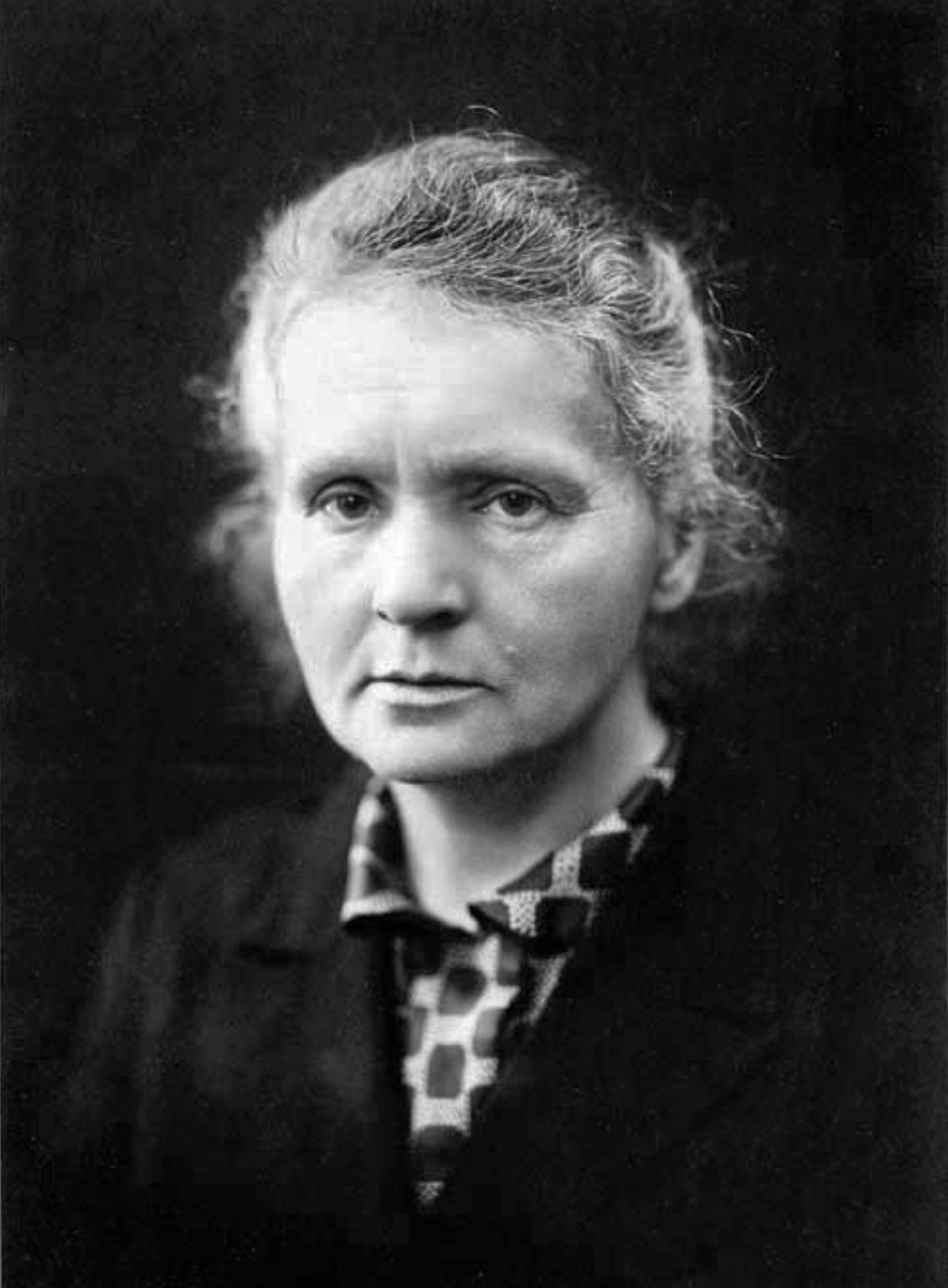 Radium is a part of the alkaline earth metal family and is in Group 2.
Radium is a part of the alkaline earth metal family and is in Group 2. Physical Properties
Number of Protons- 88
Atomic Weight- 226
Density- 5 grams per cubic centimeter
Boiling Point- 1413 K
Melting Point- 973 K
State at room temperature- Solid
Metal/Non-metal- Metal
Chemical Properties
Radon is incredibly radioactive. So much so that it is usually not used directly for commercial uses. It combines with most non-metal elements, and reacts with acids such as hydrogen. Radium emits "light" when mixed with phosphor

Common Compounds and Isotopes
The most common isotope of Radium is Radium-226. There is four naturally occuring isotopes though. These are Radium-222, Radium-224, Radium-226, and Radium-228. It forms compounds similiar to Barium compounds, making the seperation of the two elements difficult.

History
Radium was discovered by Marie and Perrie Curie in 1898. They discovered it while extracting Uranium from a material called pitchblende. They became curious after noticing that the material was more radioactive after they removed the Uranium then before, which made them want to test and find it. They origionally named the element polonium. At the time of its discovery, nobody new of the effects that radiation had on the body, so Marie Curie contracted Lukemia and died of it. To this day, their lab notebooks are to radioactive to handle safely. Radium was was first used to paint the numbers and hands on clocks and watches. When mixed with phosphor, the radiation that Radium gives off is luminescent. The painters would twirl their paintbrushes in their lips to produce a fine tip, that they would then dip in the mixture containing Radium and Phosphor. After doing this more than once, they would be exposed to radiation. This caused many of the painters to contract cancer of the lips or gums or mouths quite frequently. This is when they started to realize the harmful effects that Radium and radiation had on the body.
"Chemistry Explained." Radium, Chemical Element. Web. 6 Dec. 2014. <http://www.chemistryexplained.com/elements/P-T/Radium.html>.
"Marie Curie Picture." Web. 6 Dec. 2014. <http://upload.wikimedia.org/wikipedia/commons/7/7e/Marie_Curie_c1920.jpg>
"Radium." EPA. Environmental Protection Agency. Web. 6 Dec. 2014. <http://www.epa.gov/radiation/radionuclides/radium.html>.
"The Element Radium." It's Elemental -. Web. 6 Dec. 2014. <http://education.jlab.org/itselemental/ele088.html>.